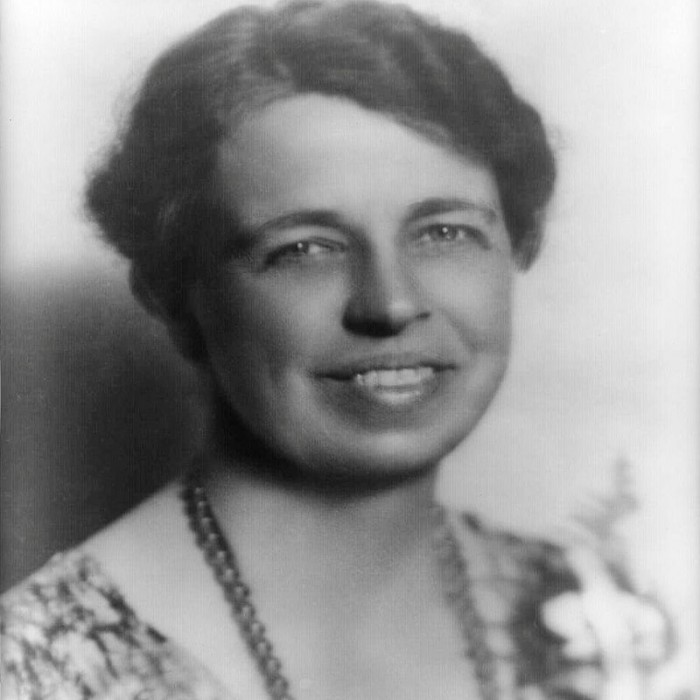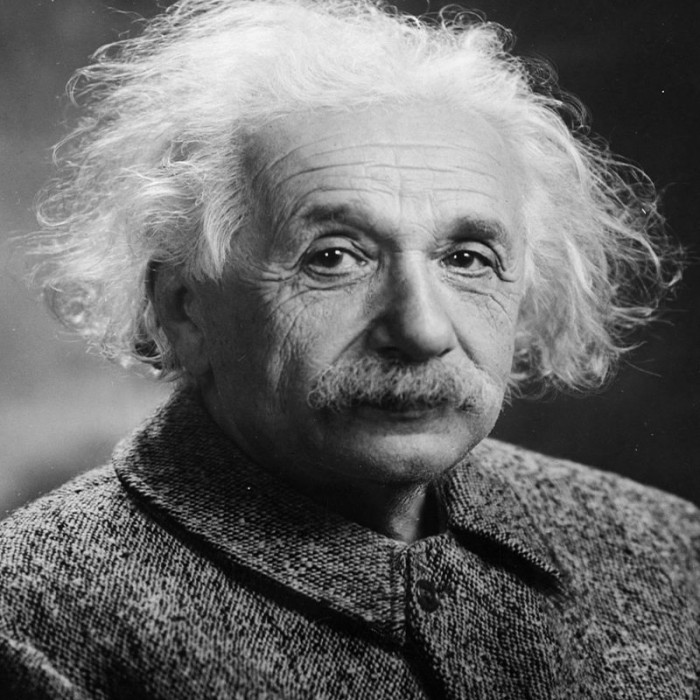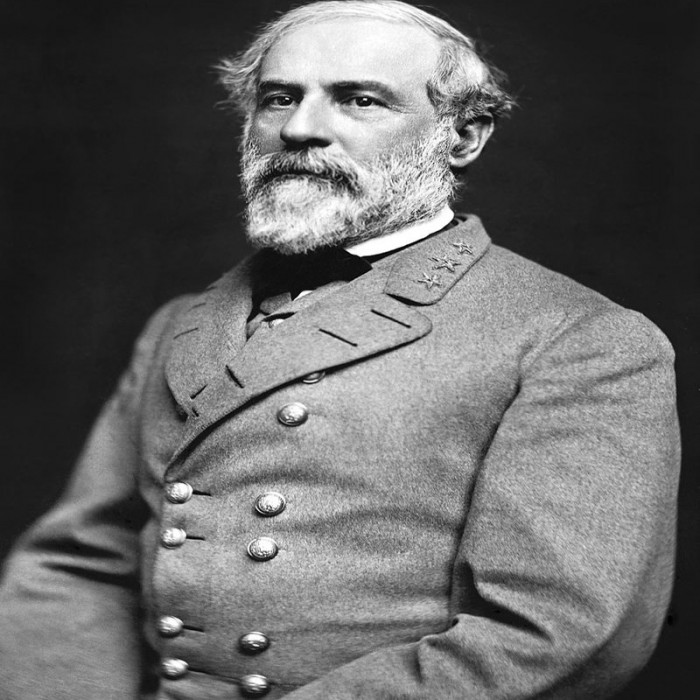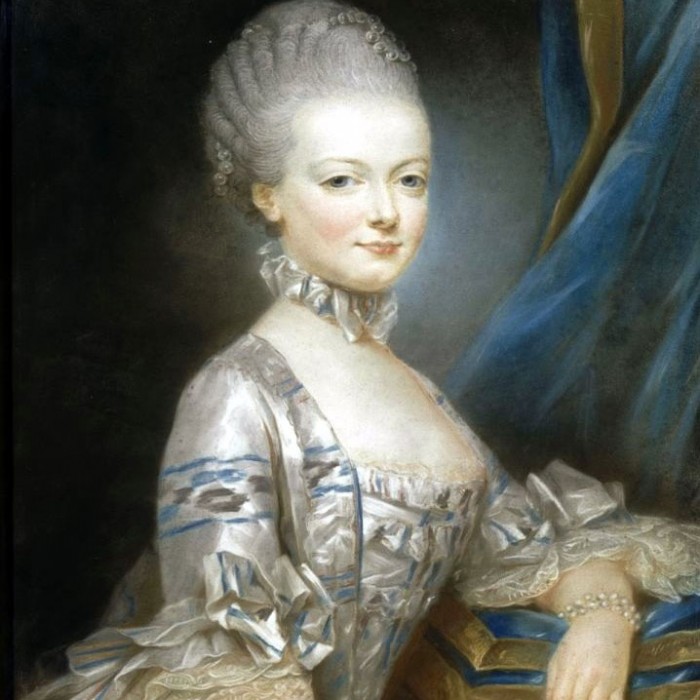
Hermann Emil Louis Fischer (9 October 1852 – 15 July 1919) was a German chemist and 1902 recipient of the Nobel Prize in Chemistry.
He also discovered the Fischer esterification. He developed the Fischer projection, a symbolic way of drawing asymmetric carbon atoms.
He never used his first given name, and was known throughout his life simply as Emil Fischer.
Fischer was born in Euskirchen, near Cologne, the son of Laurenz Fischer, a businessman, and his wife Julie Poensgen.
Fischer then attended the University of Bonn in 1871, but switched to the University of Strasbourg in 1872.
He earned his doctorate in 1874 under Adolf von Baeyer with his study of phthalein and was appointed to a position at the university.
In 1875 Baeyer was asked to succeed Liebig at the University of Munich and Fischer went there with him to become an assistant in organic chemistry.
In 1878 Fischer qualified as a Privatdozent at Munich, where he was appointed Associate Professor of Analytical Chemistry in 1879.
In 1881 he was appointed Professor of Chemistry at the University of Erlangen and in 1883 he was asked by the Badische Anilin- und Soda-Fabrik to direct its scientific laboratory.
In 1885 he was asked to become Professor of Chemistry at the University of Würzburg and here he remained until 1892.
In 1875 Fischer discovered phenylhydrazine while working in Stassburg with von Baeyer.
At Erlangen, Fischer studied the active principles of tea, coffee and cocoa, namely, caffeine and theobromine, and established the constitution of a series of compounds in this field, eventually synthesizing them.
In 1884 Fischer began his great work on the sugars, which transformed the knowledge of these compounds and welded the new knowledge obtained into a coherent whole.
Between 1899 and 1908 Fischer made his great contributions to knowledge of the proteins. He sought effective analytical methods of separating and identifying the individual amino acids, discovering a new type, the cyclic amino acids: proline and hydroxyproline.
In 1901 he discovered, in collaboration with Ernest Fourneau, the synthesis of the dipeptide, glycylglycine, and in that year he also published his work on the hydrolysis of casein.
Fischer was also instrumental in the discovery of barbiturates, a class of sedative drugs used for insomnia, epilepsy, anxiety, and anesthesia. Along with the physician Josef von Mering, he helped to launch the first barbiturate sedative, barbital, in 1904.
In 1888 Fischer married Agnes Gerlach, daughter of Joseph von Gerlach, Professor of Anatomy at Erlangen. His wife died seven years after their marriage.
Fischer was made a Prussian Geheimrat (Excellenz), and held honorary doctorates of the Universities of Christiania, Cambridge (England), Manchester and Brussels.
In 1897 he put forward the idea to create the International Atomic Weights Commission. Fischer was elected a Foreign Member of the Royal Society (ForMemRS) in 1899.
He was also awarded the Prussian Order of Merit and the Maximilian Order for Arts and Sciences.
In 1902 he was awarded the Nobel Prize in Chemistry for his work on sugar and purine synthesis.
When Fischer died in 1919, the Emil Fischer Memorial Medal was instituted by the German Chemical Society.
Source: Link

1564 - 1616

1803 – 1882

1854 – 1900

1942 – 2016

1928 – 2014

1835 – 1910

1869 – 1948

1884 – 1962
1898 – 1963

1929 – 1993

1879 – 1955

1809 – 1865

1807 – 1870

1800 – 1859

1795 – 1821

1755 – 1793

1984 -

1989 – 2011

1943 – 2001

1815 – 1902

1929 – 1994

1767 – 1848
